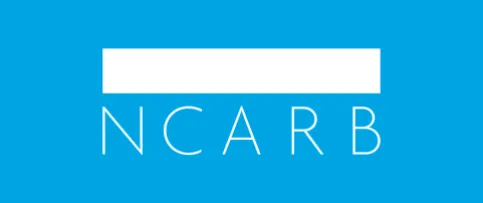Washington, DC— The National Council of Architectural Registration Boards’ (NCARB) latest NCARB by the Numbers data report reveals that architect licensure candidates improved their pass rates by over 3% in 2023, the largest year-on-year improvement on record. Candidates also finished the exams five months faster compared to 2022.
An important factor in this improvement was candidates’ widespread use of NCARB’s free practice tests. These test simulations were introduced in mid-2022, and allow candidates to familiarize with the exam format and gauge their readiness to test.
Over 75% of candidates have been using the free practice tests and those that do, are 15 percentage points more likely to pass the Architect Registration Examination® (ARE®) than candidates who don’t use the practice tests.
Other contributing factors were the removal of Quantitative-Fill-in-the-Blank questions and introduction of an English as a second language accommodation.
NCARB introduced free practice exams to provide a high-quality and affordable study resource after the Baseline on Belonging study reported that candidates of color were more likely to spend over $500 on exam study resources and less likely to have access to free study materials compared to their white peers.
Candidates across all racial and ethnic groups saw at least a 10 percentage point average improvement in exam scores.
“As NCARB works with the 55 U.S. architectural licensing boards to enhance equity on the path to licensure, NCARB by the Numbers offers crucial insights that guide our decisions while evaluating our programs and services. The positive impact of the practice exams underscores the value of our data-driven approach,” said NCARB CEO Michael Armstrong.
The annual data report provides additional insight into the trends shaping the licensure path, including important demographic data that highlights progress towards a more diverse profession.
Key findings from the latest edition, which is based on data from the 2023 calendar year, include:
- The number of candidates actively pursuing licensure rose by 7%
- Diversity among the licensure candidate community continues to increase, with 47% of candidates identifying as a person of color and 46% as women—a 4 percentage point increase in the last five years for both
- The average candidate took 13.3 years from starting college to receiving a license
- Of new architects in 2023, 1 in 3 identifies as a person of color, and 2 out of every 5 is a woman.
With the 13th edition of NCARB by the Numbers, NCARB continues to provide clear and concise data to help the architecture community understand the challenges facing the profession as it seeks to protect the health, safety, and welfare of the public.
To read the full report and explore interactive data charts, visit www.ncarb.org/NBTN2024.
About NCARB
The National Council of Architectural Registration Boards’ membership is made up of the architectural licensing boards of the 50 states, the District of Columbia, Guam, the Northern Mariana Islands, Puerto Rico, and the U.S. Virgin Islands. NCARB, in collaboration with these boards, facilitates the licensure and credentialing of architects to protect the health, safety, and welfare of the public.
To achieve these goals, NCARB works with its Member Boards and volunteers to develop and facilitate standards for licensure, including the national examination and experience program. NCARB also recommends regulatory guidelines for licensing boards and helps architects expand their professional reach through the NCARB Certificate. Connect with NCARB on Twitter, Instagram, Facebook, and YouTube.




